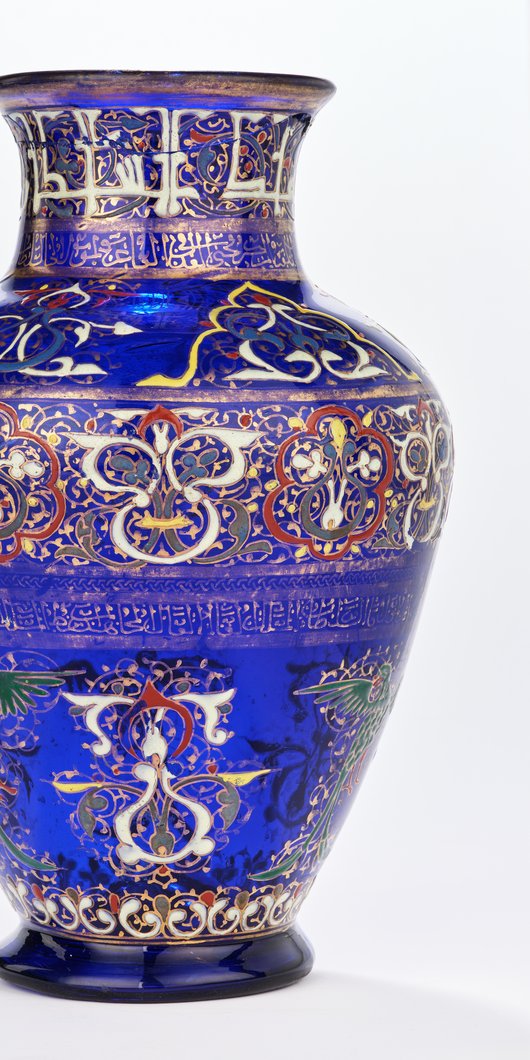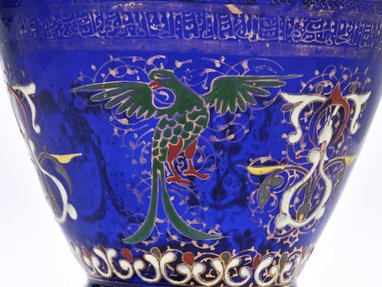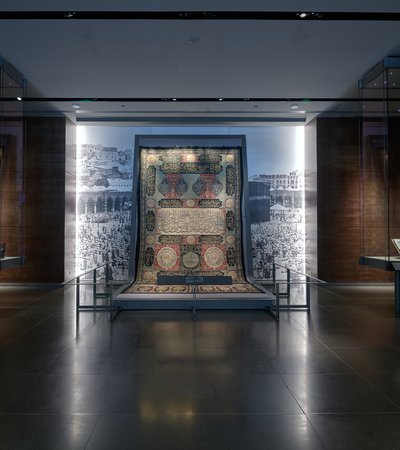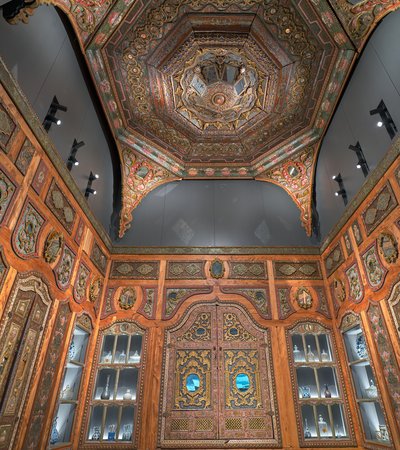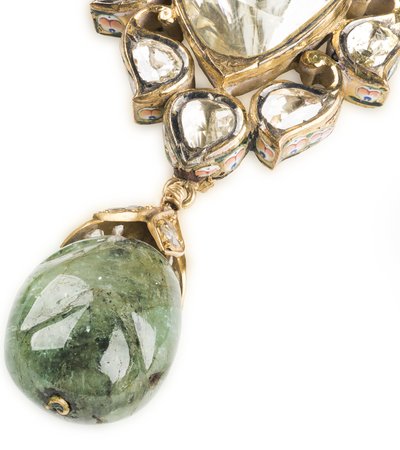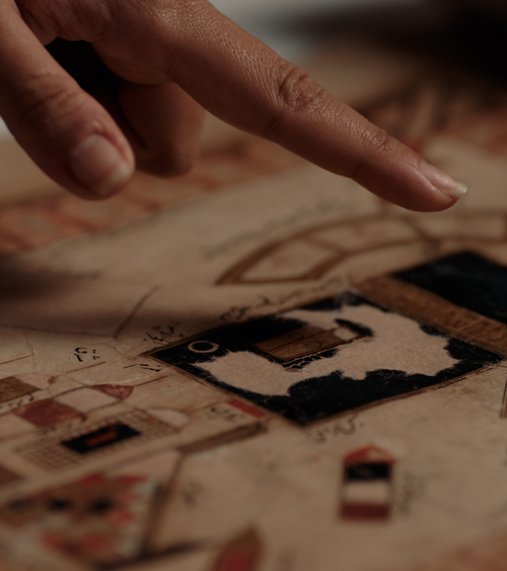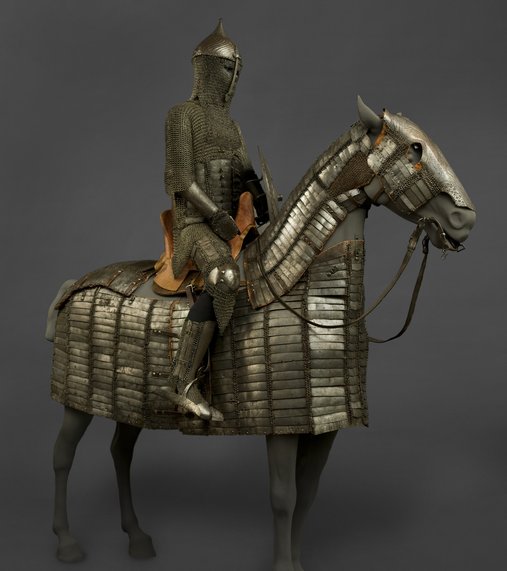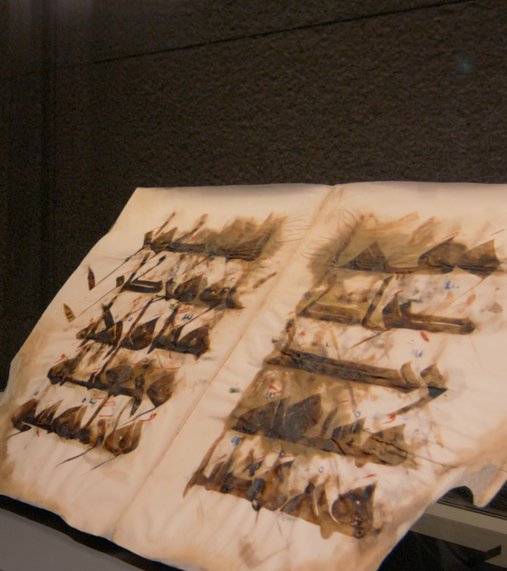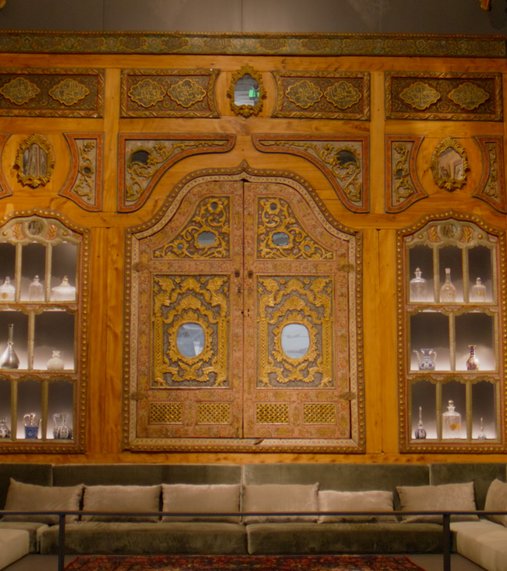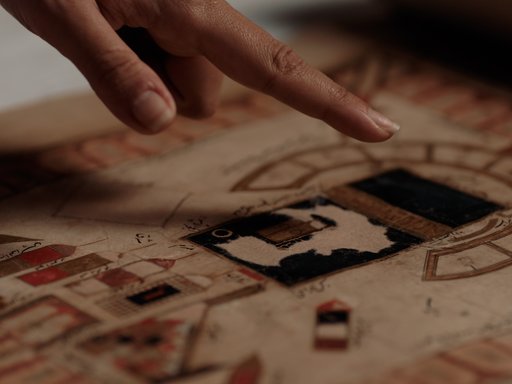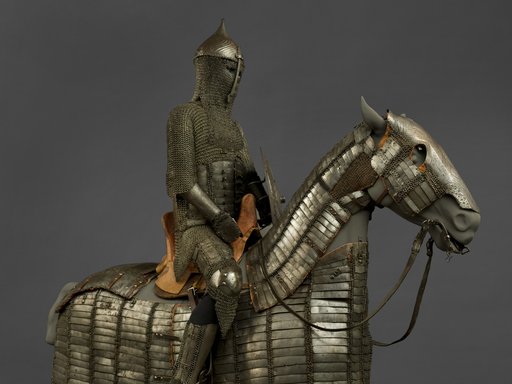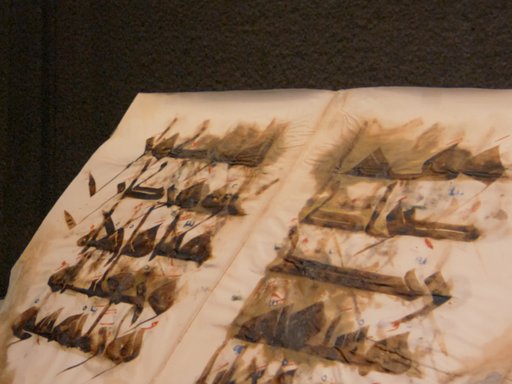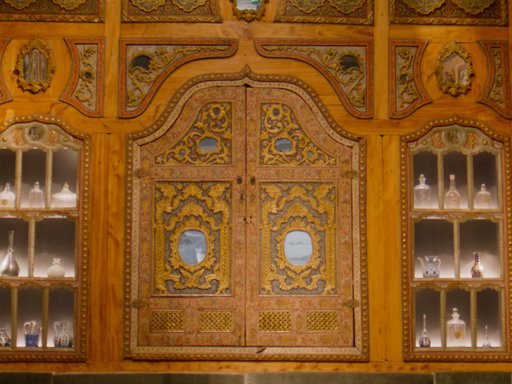Mediaeval vases are typically recognisable as decorative, hand-glazed glass pieces in various colours, usually bearing intricate designs and artistic inscriptions that express the culture, arts and traditions of the period. The 'Cavour' vase, in particular, shows these characteristic elements of Mamluk art and combines traditional Islamic motifs with artistic influences of the time.
Provenance
Although it is believed to have been brought to France from the Holy Land by a member of the noble d’Allinges family, the vase takes its current name from its nineteenth-century owner, Camillo Paolo Filippo Giulio Benso (Count of Cavour), historically remembered as Italy’s first Prime Minister, a position he held for only a few months before his death in 1861 CE. Upon Cavour’s death, the vase passed to his niece Giuseppina Benso di Cavour and her husband, Italian politician Marchese Carlo Alfieri di Sostegno, who exhibited the vase in Florence in 1878 CE before later bequeathing it to Queen Margaret of Italy (1879–1900 CE), where it reportedly remained in the royal family of Savoia for generations. In the late 1980s CE, the vase appeared on the art market in London, where, in 1988, it was acquired by the Museum of Islamic Art from the glass dealer Christopher Sheppard.
